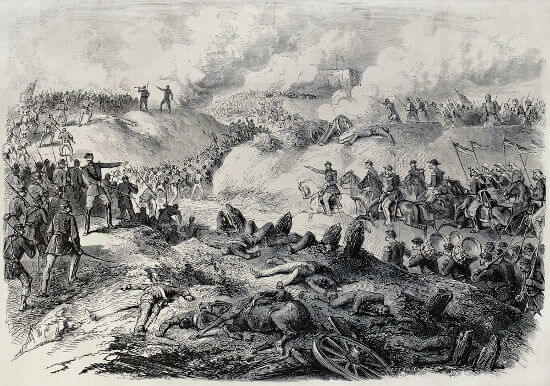Soon after the political transition experienced during the José Sarney government, Brazil experienced a period of political movement that consolidated the resumption of the democratic regime in the country. In 1989, after twenty-nine years, the Brazilian population would choose the new president of the Republic through direct vote.
As established in the 1988 Constitution, the country's political system would be organized in a multi-party way. With the existence of the multi-party system, the most varied currents of political orientation established themselves in the political scenario of the time. Surrounded by so many options, voters were lost among different promises that would solve the country's problems.
The right-wing sectors were unable to place a candidate capable of guaranteeing a smooth victory in the presidential election. Such political weakening was due to the frustrated attempts to clean up the economy. Dominated by right-wing politicians, the José Sarney government (1985 – 1990) was the stage of constant wage squeezes and, mainly, of large inflationary surges.
The leftist parties, on the other hand, would launch two influential political figures that could polarize the dispute in that election. On the one hand, Luís Inácio Lula da Silva, representing the Workers' Party and with a political base settled between the workers and the main union leaders in the country. On the other, Leonel Brizola, affiliated to the Democratic Labor Party, and supported by his extensive political life influenced by the labor policy of the Vargas Era (1930 – 1954).
Seeking to reverse the unfavorable situation, the right tried to win the candidacy of telecommunications businessman Sílvio Santos, which was soon challenged by the Superior Electoral Court. Fearing a victory for the left sectors and without any strong competitors, the right parties started to support a young politician from Alagoas named Fernando Collor de Melo. With good looks, a charismatic speech and the financial support of the Brazilian business community, Collor became the big bet of the right.
Attracting support from different sectors of society, Collor promised to modernize the economy by promoting neo-liberal policies and opening up foreign participation in the national economy. At the same time, he made religiously oriented speeches, proclaimed himself a “hunter of maharajas” and warned of the dangers of a possible leftist government.
In the first round, the counting of the polls left the decision to a second election to be disputed between Collor and Lula. Even though he had a significant number of militants during his rallies, the PT candidate's inability in front of the cameras ended up weakening his campaign. On the other hand, Collor effectively used the advantageous space in the media given to him. With the final count, such differences in proposal and, mainly, behavior ensured the victory of Fernando Collor de Melo.
By Rainer Sousa
Master in History
Do not stop now... There's more after the advertising ;)
Would you like to reference this text in a school or academic work? Look:
SOUSA, Rainer Gonçalves. "1989 Elections"; Brazil School. Available in: https://brasilescola.uol.com.br/historiab/eleicoes-1989.htm. Accessed on June 27, 2021.


